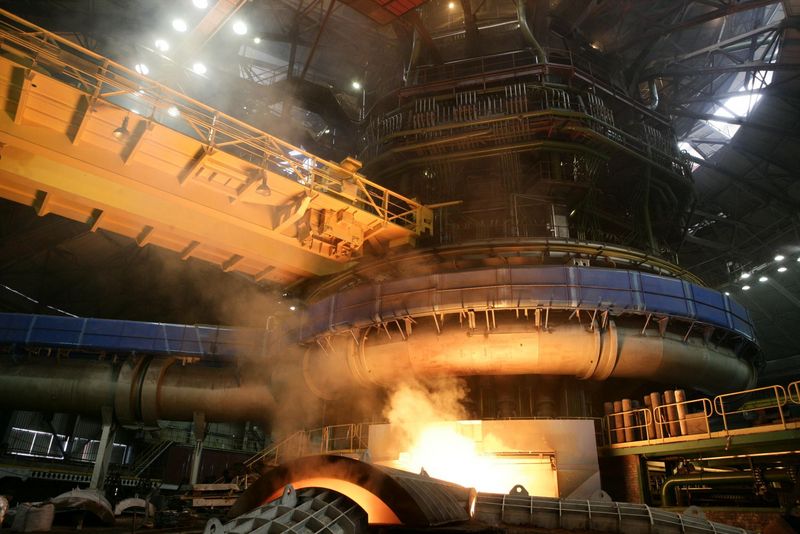
The European Automobile Manufacturers’ Association (ACEA) has renewed its plea for leniency regarding the EU’s strict CO2 emissions standards. The call comes as carmakers face billions of euros in penalties for failing to meet the European Union’s 2024 emissions limits. Ola Källenius, the newly appointed president of ACEA and CEO of Mercedes-Benz, addressed the issue in an open letter to EU leaders, urging for more flexible policies to allow the decarbonization of the automotive sector to be both green and profitable.
Struggling to Meet Emission Standards
The EU’s 2024 emissions target reduces the maximum per-kilometer CO2 output by 20%, setting the bar just under 94g per kilometer. This reduction, which has been in place since 2019, comes at a time when automakers have struggled to accelerate the shift to electric vehicles (EVs). Although electric cars accounted for only 13% of car sales in Europe last year, a slight decrease from 2023, automakers have been unable to offset their carbon footprints through EV sales as expected.
Källenius pointed to the sudden removal of government incentives for EVs in key markets like Germany as a significant factor in the sluggish EV sales. He argued that these incentives had been critical in stimulating demand for electric vehicles and that their sudden removal had a direct impact on sales.
The Need for Industry Support and Trade Considerations
In light of these challenges, Källenius stressed the need for a more realistic approach to the European Green Deal. He called for the EU’s emissions targets to be adjusted to reflect current market realities, which include competition from China, where EV adoption is already much higher. Additionally, Källenius emphasized the importance of maintaining positive trade relations with global partners, particularly the US, as the automotive industry navigates complex international competition.
The EU has set ambitious goals for vehicle emissions cuts, aiming for significant reductions by 2025 and 2030, culminating in a de facto ban on new petrol and diesel vehicle sales by 2035. As the industry faces intense pressure to meet these targets, the outcome of upcoming dialogues with EU leaders could play a pivotal role in shaping the future of Europe’s automotive sector.











Leave a Reply
You must be logged in to post a comment.